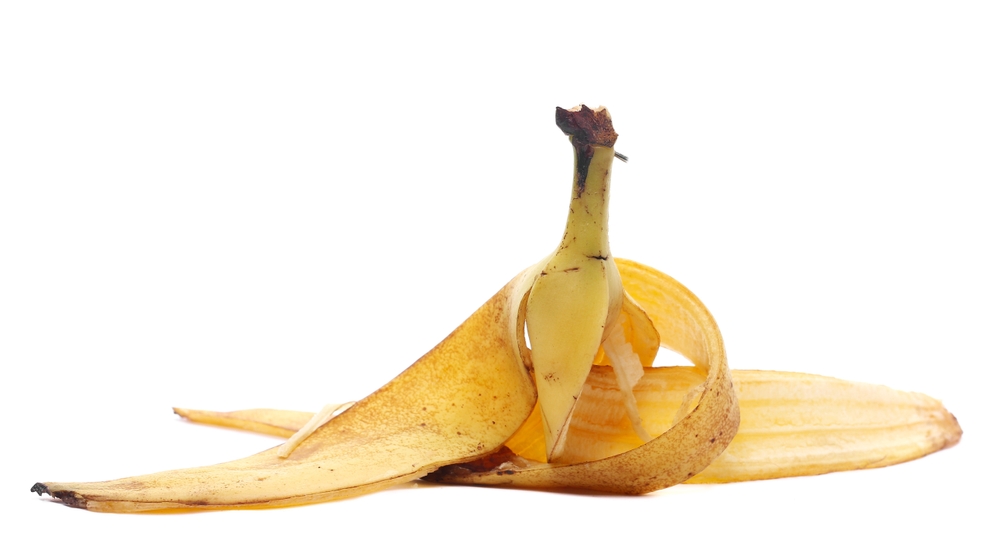
Fertilizer is important all year long. But there are many ingredients you can find in your home, right now. Before you reach for store-bought fertilizer, take a peek inside your own kitchen—you might be sitting on a goldmine of natural plant food. Fall isn’t just about pumpkin spice and cozy sweaters; it’s also prime time to feed your soil before winter rolls in.
The best part? These fertilizers are eco-friendly, cost-free, and often hiding right in your compost bin or pantry. Let’s dig into seven of the most surprising and powerful fertilizers you can find in your fall kitchen right now.
1. Coffee Grounds: The Morning Miracle For Your Soil
Your daily caffeine habit might be helping more than your mood—it’s secretly a gardener’s best friend. Coffee grounds are packed with nitrogen, which is like a morning energy shot for your plants. Sprinkle them around acid-loving plants like blueberries, azaleas, and roses, and watch them perk up with gratitude. The texture also improves soil structure, helping with drainage and water retention. Plus, worms love coffee grounds, and as every gardener knows, where worms thrive, healthy soil follows.
2. Eggshells: Crunchy Calcium Boosters
Before you toss those cracked eggshells, think again—they’re a powerhouse of calcium carbonate, perfect for strengthening plant cell walls. When plants get enough calcium, they’re less likely to suffer from diseases like blossom-end rot in tomatoes or tip burn in lettuce. Crush your eggshells into a fine powder and sprinkle them directly into the soil or mix them into your compost. Over time, they’ll release calcium slowly, giving your plants a steady nutrient source. Bonus tip: sharp-edged shells also deter slugs and snails, those slimy garden freeloaders.
3. Pumpkin Guts: Fall’s Slimy Secret Weapon
After carving your Halloween masterpiece, don’t just toss those pumpkin innards—they’re brimming with nutrients. The flesh and seeds break down into rich compost material loaded with nitrogen, potassium, and phosphorus. Chop them up, bury them in your garden bed, and let nature do the rest. As they decompose, they’ll enrich the soil and improve microbial activity, helping your plants grow stronger next season. It’s the perfect full-circle moment—your fall decorations turning into next year’s lush blooms.
4. Banana Peels: The Potassium Powerhouse
Banana peels are the unsung heroes of natural fertilization, and fall is the perfect time to put them to work. Rich in potassium and phosphorus, they help strengthen roots and encourage vibrant flowering. Just chop up the peels and bury them near the base of your plants, where they’ll decompose and feed the soil from below. If you prefer a liquid version, you can soak the peels in water for a few days to create a “banana tea.” Your plants will thank you with stronger stems and a brighter color come spring.

5. Apple Cores And Peels: Sweet Soil Boosters
Autumn means apple season, and with it comes an abundance of peels and cores—perfect fertilizer material. Apples are rich in potassium, phosphorus, and trace minerals that enhance soil fertility. When added to compost, they break down quickly and bring a sweet, earthy smell to the pile. Mix them in with dry leaves or shredded paper to balance moisture and prevent rot. It’s a simple way to turn your apple-pie leftovers into nutrient-rich compost gold.
6. Tea Leaves: The Garden’s Gentle Tonic
Tea drinkers, rejoice—your used tea leaves are quietly waiting to make your garden greener. Packed with tannins and nitrogen, tea leaves condition the soil and promote healthy root growth. Just sprinkle them around your plants or mix them into the soil before watering. If you drink bagged tea, make sure the bags are compostable before burying them. Tea acts as a gentle fertilizer that’s perfect for sensitive plants that don’t like harsh treatments.
7. Onion And Garlic Skins: The Underground Strengtheners
Don’t underestimate those papery skins you usually toss in the trash—they’re full of potassium, calcium, and magnesium. These trace minerals strengthen plant cells and improve their resilience against pests and diseases. You can toss them straight into the compost or steep them in warm water to make a nutrient-rich “plant broth.” Let it cool, then water your garden with it for an easy fall boost. It’s like serving your plants a mineral smoothie before the cold sets in.
From Pantry To Plant Paradise
Who knew your kitchen scraps could double as a garden toolkit? This fall, skip the chemical fertilizers and look no further than your cutting board for natural, sustainable plant food. Every coffee ground, eggshell, and banana peel can help transform tired soil into a thriving foundation for spring growth. The best part is, you’re reducing waste while giving your garden the nutrients it craves.
Have you tried using kitchen leftovers in your garden? Share your favorite natural fertilizer hacks, stories, or success tips in the comments below.
You May Also Like…
5 Fertilizers to Skip in the Cool Season
How to Create an Endless Food Supply from Your Kitchen Waste
Why Your Compost Needs More Carbon in Fall
Why You Should Rethink Fall Fertilizer Applications
7 Fall Fertilizing Tips That Prevent Lawn Damage
The post 7 Natural Fertilizers Found in Your Fall Kitchen appeared first on Frugal Gardening.







